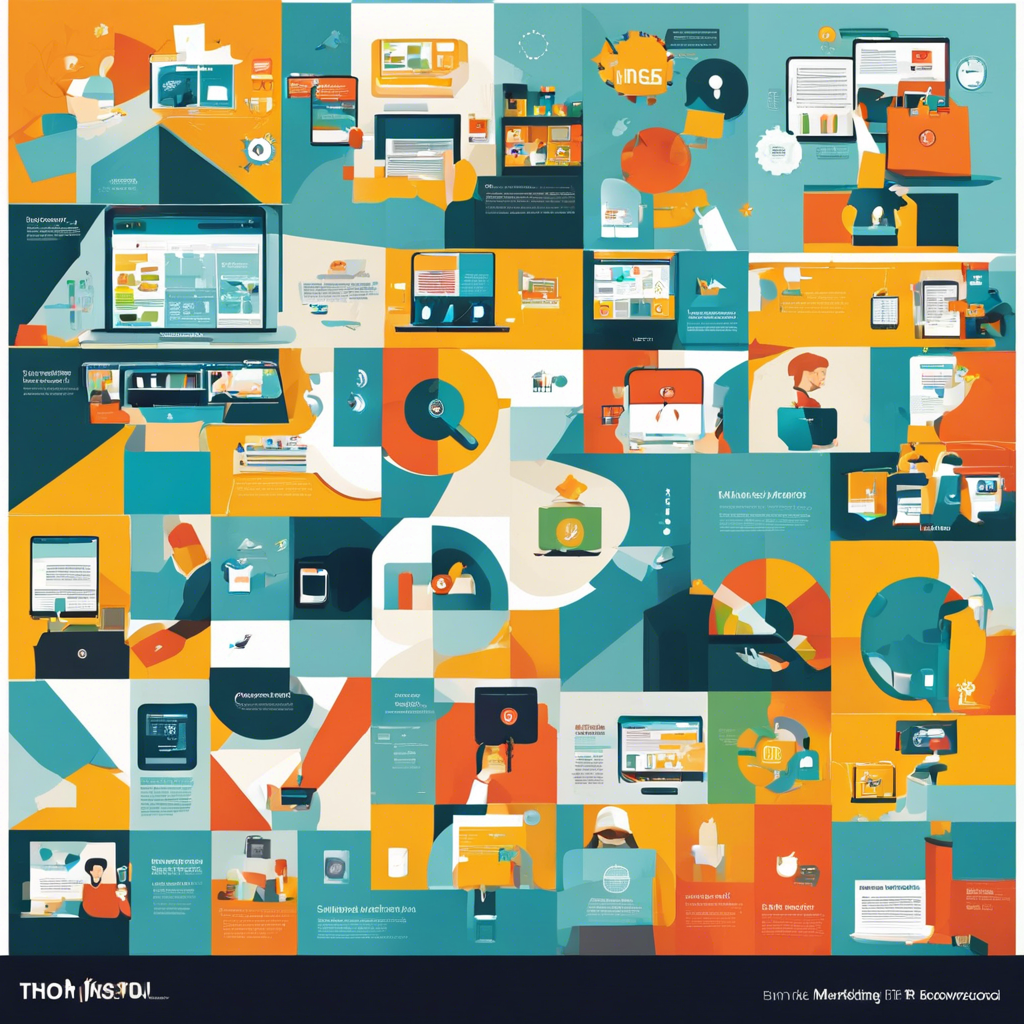Exploring how digital marketing strategies have revolutionized government communications and citizen engagement.
The government sector, known for its traditional methods of communication, has been undergoing a significant transformation with the rise of digital marketing. This evolution has not only changed the way governments interact with their citizens but has also opened up new avenues for citizen engagement and public service accessibility. This article delves into the impact of digital marketing on government agencies, examining how they connect with the public, deliver services, and address modern challenges.
In the digital age, governments worldwide are embracing modern communication channels to reach and engage their citizens effectively. The shift from traditional to digital marketing has been a game-changer, offering numerous benefits and opportunities for both public servants and the communities they serve.
Enhancing Government-Citizen Communication
Digital marketing has played a pivotal role in bridging the gap between governments and the public, fostering a more transparent and accessible relationship. The ability to reach citizens through various digital channels, such as social media, websites, and mobile applications, has empowered government agencies to:
1. Improve Service Accessibility
Government entities can now provide essential services and information to citizens through digital platforms, ensuring convenience and accessibility. This shift has been particularly beneficial for the elderly, disabled, and those in remote areas who may have struggled with traditional in-person services. As an example, the Internal Revenue Service’s website offers tax information and tools, allowing taxpayers to file their returns online, track refunds, and access various resources without visiting a physical office.
2. Foster Transparency
Digital channels have become a powerful tool for governments to promote transparency and keep citizens informed about policies, decisions, and public initiatives. Regular updates on social media or government websites enable citizens to stay engaged and hold authorities accountable. For instance, many local governments use social media to provide real-time updates on community projects, budget decisions, and public consultations, ensuring citizens are well-informed and involved.
Challenges and Opportunities
While digital marketing has brought significant benefits to the government sector, it has also introduced unique challenges and opportunities.
Navigating the Digital Landscape
Adapting to the digital marketing realm requires government agencies to develop new skill sets and strategies. This includes understanding digital marketing tools, optimizing web content, and leveraging analytics for decision-making. For example, government organizations can use Google Analytics to track website traffic, user behavior, and campaign performance, enabling them to adjust their online presence and better serve their audience.
Key Considerations:
-
Online Security: Government websites and digital platforms must prioritize cybersecurity to protect sensitive information.
-
Accessibility: Ensuring digital content is accessible for all, including those with disabilities, is a priority for government entities.
-
Data Privacy: Governments must balance the need for citizen data collection with strict privacy standards.
Embracing the Power of Data
The abundance of digital data presents a valuable resource for government agencies. By analyzing citizen engagement metrics, governments can identify trends, prioritize services, and make informed decisions. This data-driven approach allows for more efficient resource allocation and better-tailored services to meet citizen needs. For instance, the Centers for Disease Control and Prevention (CDC) uses data analytics to monitor public health trends, track disease outbreaks, and allocate resources effectively.
Q&A
1. How does digital marketing help governments engage younger generations?
Digital marketing enables governments to connect with younger citizens through their preferred communication channels, such as social media. Interactive content, live streams, and influencer partnerships can engage and educate this demographic on government initiatives.
2. What challenges do governments face in implementing digital marketing strategies?
Government agencies may struggle with resource allocation, digital literacy, and adapting to the fast-paced digital landscape. Cybersecurity, data privacy, and maintaining public trust in an online environment are additional challenges they face.
3. How can governments ensure their digital content is accessible to all citizens?
By adhering to web accessibility standards, governments can make digital content available to those with disabilities. This includes providing alt text for images, captions for videos, and ensuring websites are navigable via keyboard only.
Conclusion
Digital marketing has transformed the government sector, enabling more efficient and effective communication with citizens. By embracing digital channels, governments can enhance service delivery, promote transparency, and engage diverse communities. However, this digital transformation also comes with challenges, including cybersecurity threats, data privacy concerns, and the need for ongoing digital literacy training. As governments continue to adapt to the digital age, they must balance the benefits of technology with the responsibility of serving and protecting their citizens.
—
Suggested external links and anchor text:
1. [Internal Revenue Service](https://www.irs.gov/) – Learn about tax services and resources.
2. [Centers for Disease Control and Prevention](https://www.cdc.gov/) – Explore public health information and resources.
3. [USA.gov](https://www.usa.gov/) – Discover government services and resources across all departments.
